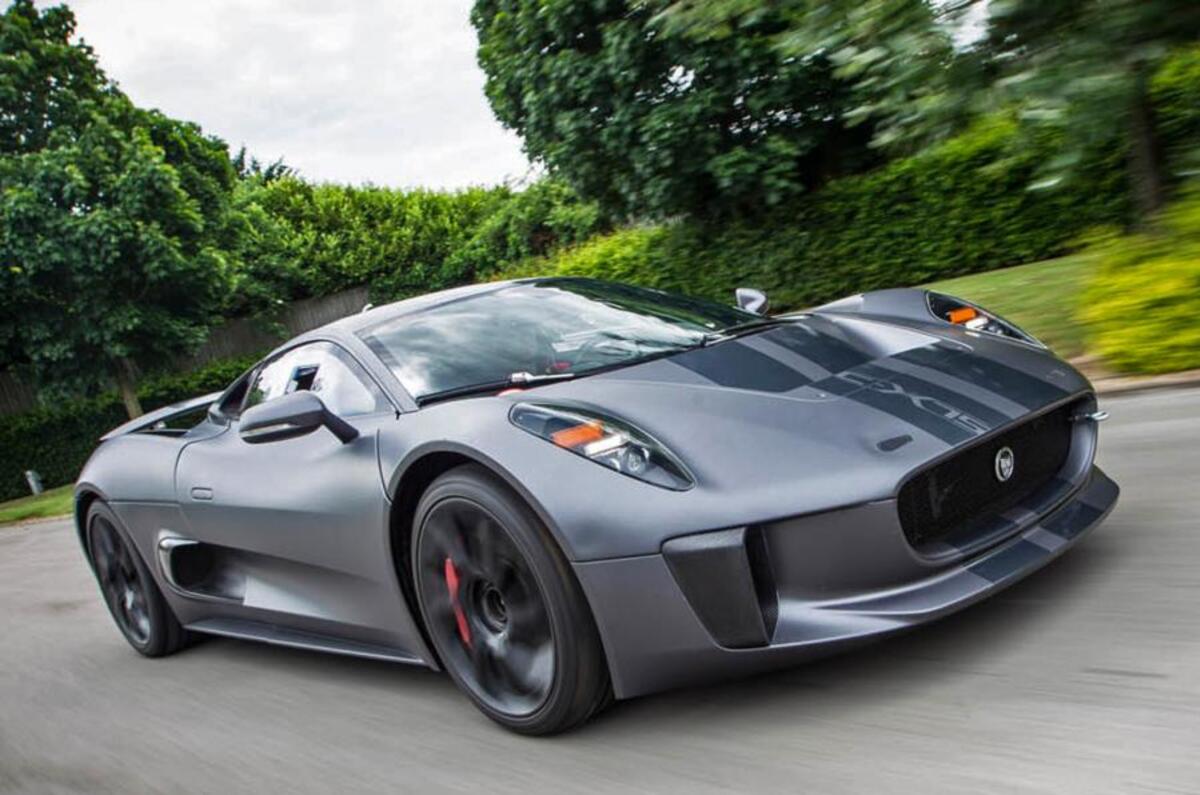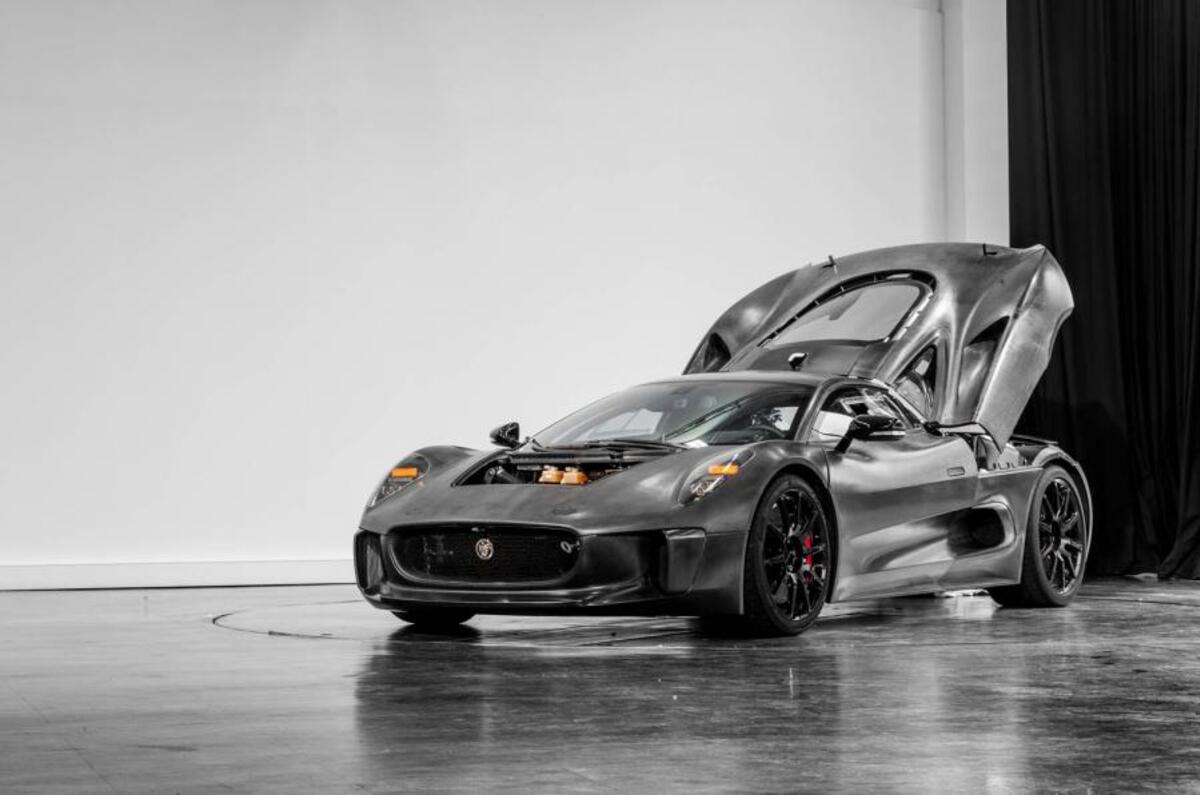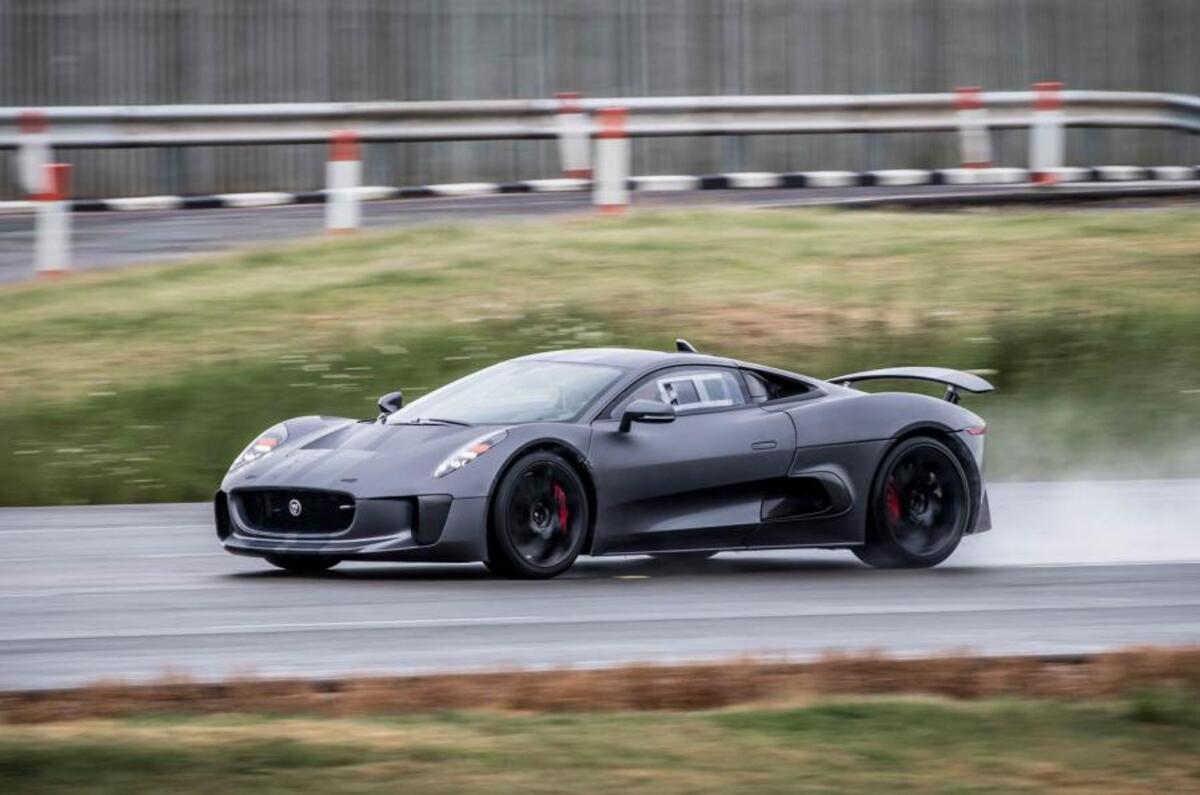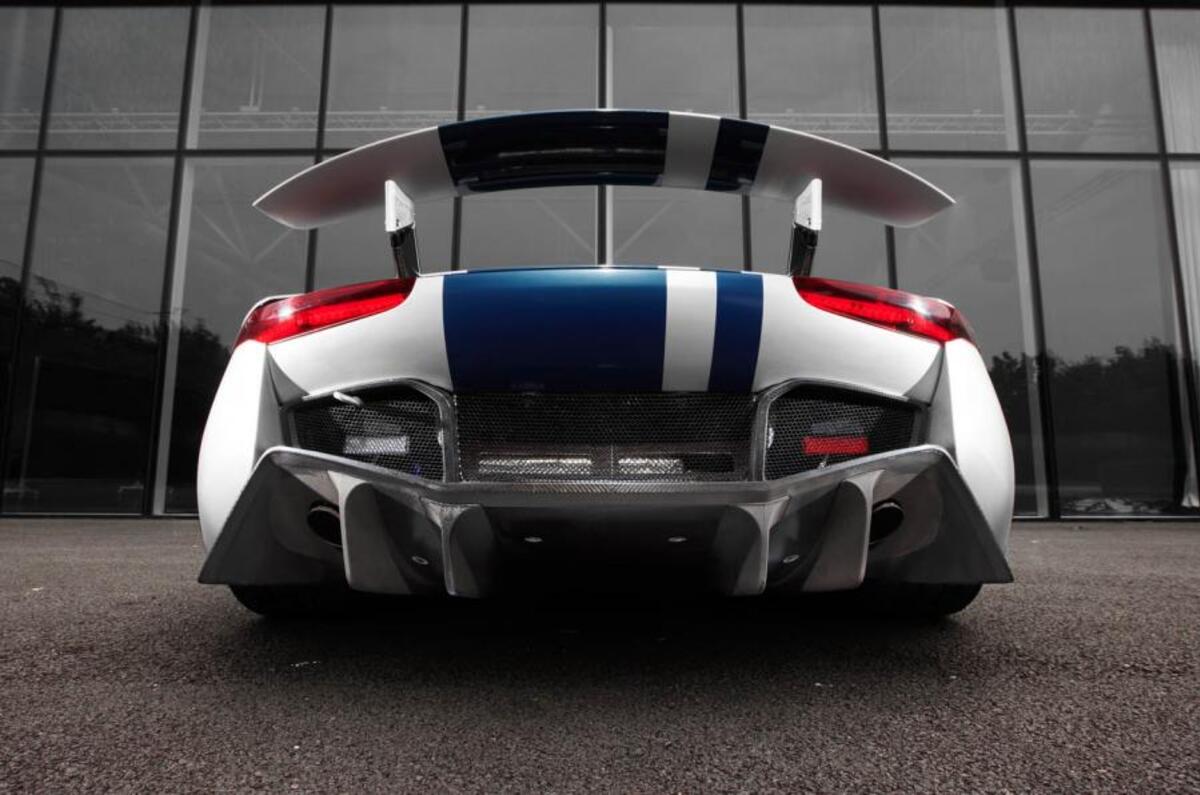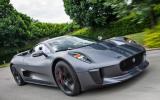The Jaguar C-X75 supercar. Which won’t be finished and won’t be sold. And yet in 2013, the year of the supercar, it was all set to turn the triumvirate confluence of LaFerrari, McLaren P1 and Porsche 918 Spyder into the most awesome foursome that the car world has ever known.
The Jaguar now looks destined to become the forgotten giant, after a decision taken by the company in December 2012 not to put the extended-range petrol-electric two-seater into production after all.
The irony is that it might have signalled much more than a million-pound Ferrari or McLaren: newfound ambition for a once world-beating British marque again willing to compete right at the top of the food chain. A marque once again looking to take a guiding hand in the development of the state of the automotive art. Something of a renaissance, in other words.
More’s the pity. As things stand, Gaydon’s supercar experiment is over. Five working prototypes exist, and there are no plans to make more. Whispers persist that a few of them may be auctioned, but nothing’s confirmed. Strange circumstances for a first drive – but, in this case, we’ll take ‘em.
In supercar terms, the C-X75 moved from apparently fanciful show car to fully operational validation prototype very quickly – and changed quite a lot on route.


